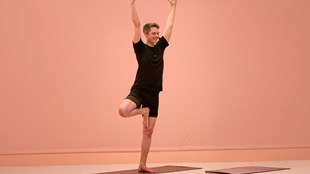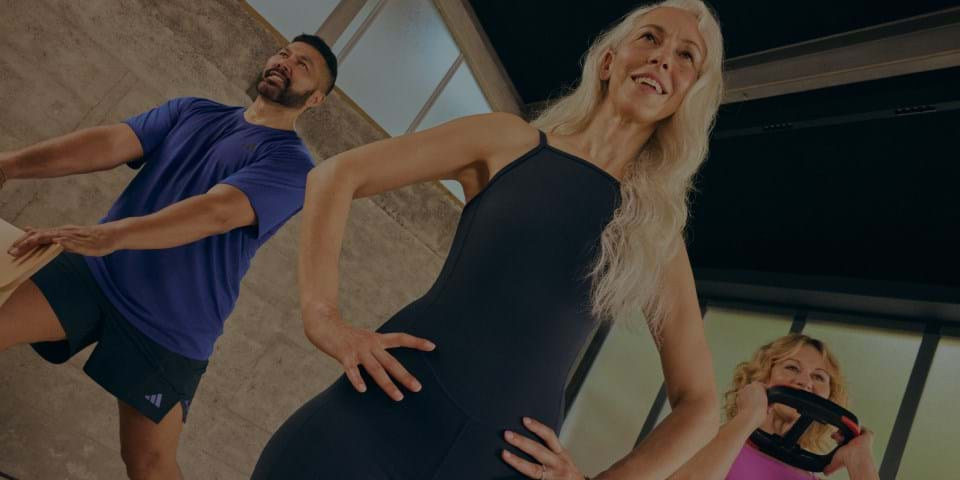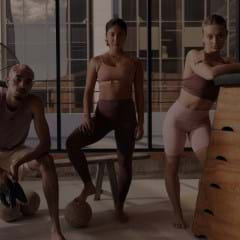If you think the aging process happens at a slow and steady rate, think again. It’s a common belief that we age at a consistent pace, gradually getting a little bit older as every day progresses. But new research has thrown that thinking on its head. After analyzing the proteins and metabolites in people of all age groups, scientists have identified that our biochemicals don’t age in a linear fashion. They found there are specific times in life when aging peaks – most notably at age 44 and age 60.
At the same time, another group of researchers have been exploring how declines in strength, balance and gait align with our age. Interestingly, they found that when it comes to predicting age, there’s one metric that’s superior to the rest… Your ability to stand on one leg.
DID YOU KNOW … Your ability to stand on one leg declines at an average rate of 2.2 seconds per decade on your non-dominant side (it drops by 1.7 seconds per decade on your dominant side).
Adding weight to the value of single-legged testing is an earlier study suggesting that your balance talents can predict the likelihood of death. The Brazilian researchers who led this study believe that individuals who are middle-aged or older and can’t balance on one leg for 10 seconds are more likely to die in the next seven years than those who can. They’ve called out the inability to sustain 10 seconds on one leg as being linked to a nearly 84% higher risk of dying – that’s almost double the death rate.
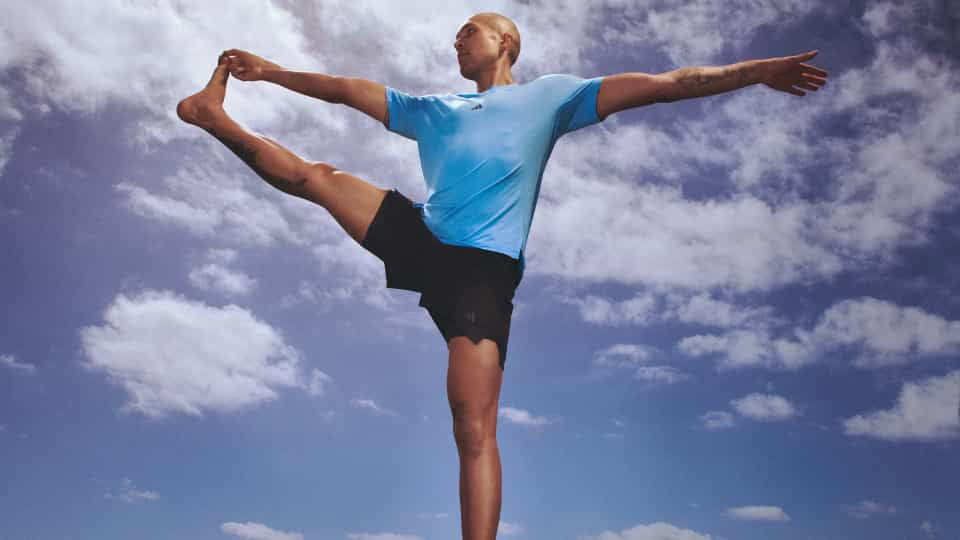
Does lack of balance actually lead to death?
Poor balance and falls often go hand in hand – and falls are the second biggest cause of accidental death (after traffic accidents). Even small falls can be disastrous, as when older people suffer a fall, the lack of mobility and ongoing issues born from broken bones can often spiral until their death. However, this study didn't identify falls as a specific cause of death. Most of the study participants who died during the study died as a result of cancer, heart disease, or respiratory diseases.
TRY THE FLAMINGO TEST
Stand in a single-leg stance on your non-dominant foot, put your hands on your hips, close your eyes and focus on maintaining your balance.
If you're under 40 years, aim to balance for 43 seconds or more. If you're between 40-49, aim for 40 seconds; 50-59, aim for 37 seconds; 60-69, aim for 30 seconds; 70-79, aim for 20 seconds; over 80, aim for five seconds.
The ability to stand like a flamingo relies on a degree of balance. But what's equally critical is strength. If you have the leg strength to balance like a flamingo, you likely have a good amount of overall strength – and there is plenty of evidence to show that strength cuts the risk of early death.
If you’re still wondering whether improving your balance is worth the effort, the answer is a definite yes. The American Heart Association names balance-based training as one of the four types of exercise that everyone should be doing (the others are strength, endurance and flexibility). On top of the potential life-lengthening benefits, balance training can build strength, improve postural control, assist in injury training, as well as increase your power and athleticism.
HOW TO IMPROVE YOUR BALANCE
Unilateral movements for the win
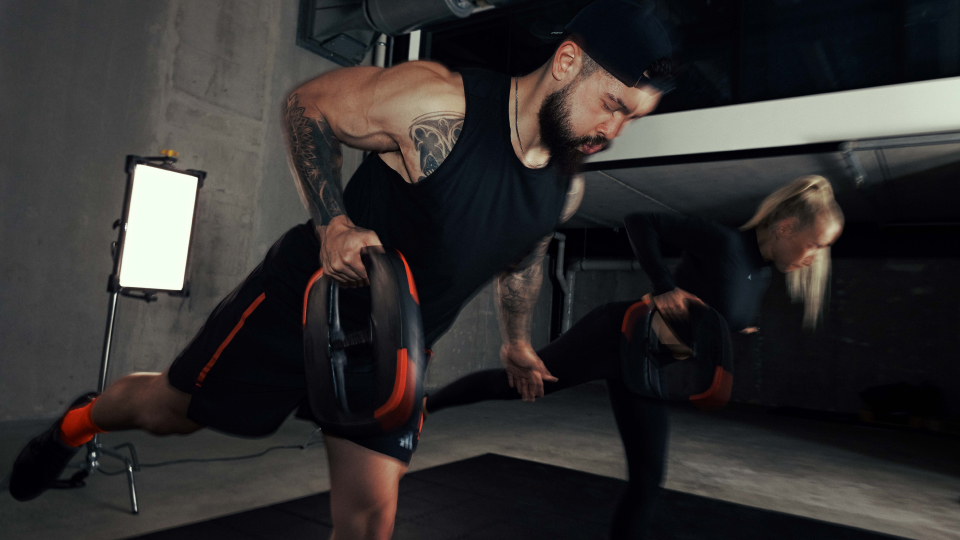
Single-leg exercises (like single-leg squats and lunges) recruit the deep stabilizers of the hip and core to improve our balance. Upper body unilateral movements (like a single-arm shoulder press) also help improve symmetry and balance as the core must be engaged to prevent the trunk from rotating unnecessarily during push or pull exercises.
Turning to yoga for improved strength and balance
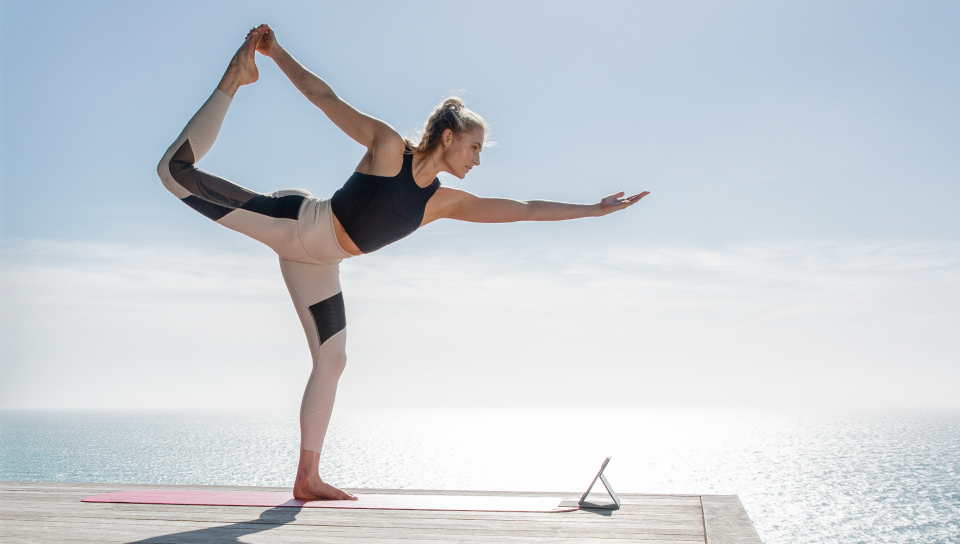
Practicing yoga moves such as the Dancer’s Pose or the Tree Pose is another good way to build your balance. But that doesn’t mean busting out a one-off yoga move at any opportunity you can.
"It's a good idea to make sure that any specific yoga move is done as part of a wider yoga sequence," recommends Les Mills Creative Director Kylie Gates. "By working through a series of yoga poses that flow together, you can ensure your spine and muscles are suitably warmed, which is key to getting the most from each pose and reducing the risk of injury.”
During a BODYBALANCE™ workout, moves such as the Dancer's Pose are incorporated in balance-building sequences of yoga moves, and with a certified instructor guiding you, there's plenty of opportunity to perfect your technique.
Find a workout work out on demand
Low-impact functional exercises

LES MILLS THRIVE™ has been specifically developed to help improve balance and keep you fit for life. This low-impact workout combines fundamental flexibility, strength and coordination exercises to target the propulsion muscles and stabilizing muscles of the lower limbs, and improve balance, coordination and overall fitness.



